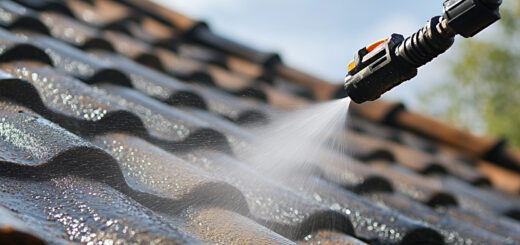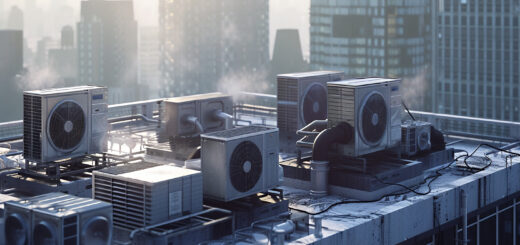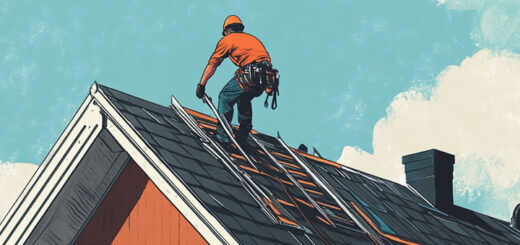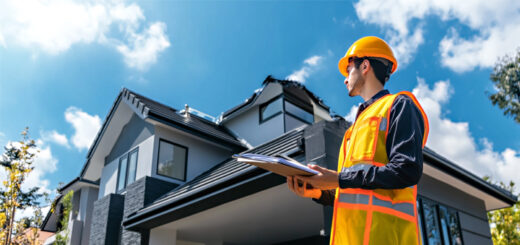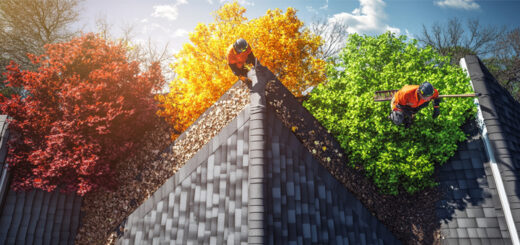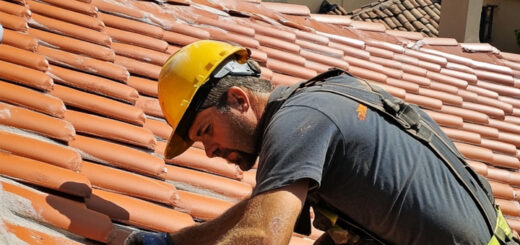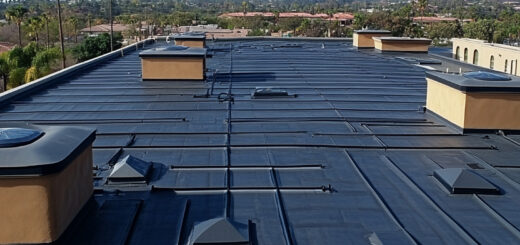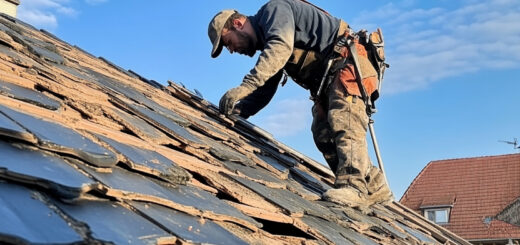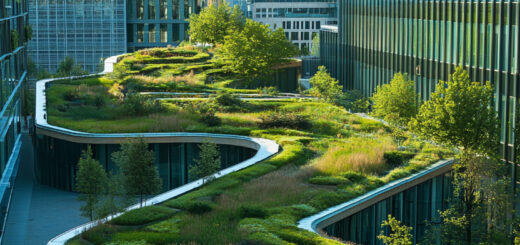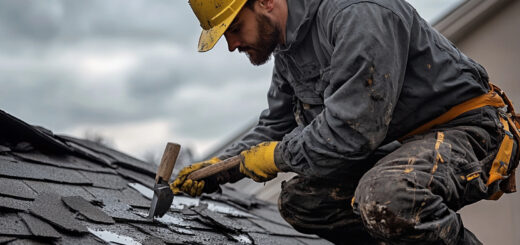Maintaining Your Newly Restored Roof: Tips for Longevity
Maintaining a newly restored roof is crucial for ensuring its longevity and optimal performance. Roof maintenance, especially post-restoration, plays a significant role in preserving the structural integrity and aesthetic appeal of your home. While restoration can breathe new life into an aging roof, consistent upkeep is essential to protect this investment.
One of the primary reasons for post-restoration care is to identify and address minor issues before they escalate into major problems. Regular inspections can help detect potential leaks, damaged shingles, or debris accumulation that could compromise the roof’s functionality. By addressing these issues promptly, homeowners can prevent costly repairs down the line.
Moreover, proper roof maintenance extends the lifespan of your newly restored roof. Routine cleaning and timely repairs ensure that the roofing materials remain in good condition, effectively shielding your home from weather elements such as rain, wind, and UV rays. This proactive approach not only enhances durability but also maintains energy efficiency by preventing heat loss during colder months.
In conclusion, understanding the importance of roof upkeep post-restoration cannot be overstated. It safeguards your investment and contributes to long-term comfort and safety within your home. Prioritizing regular inspections and maintenance tasks will ensure that your newly restored roof continues to perform at its best for years to come.
Regular Inspections: Key to Early Problem Detection
Maintaining the integrity of your roof is crucial for the overall health of your home, and regular inspections play a pivotal role in this process. Roof inspections are essential for detecting potential issues before they escalate into significant problems that can be costly and time-consuming to repair.
By scheduling regular check-ups, homeowners can identify early signs of wear and tear, such as loose or missing shingles, cracks, leaks, and other forms of damage. Detecting roof issues early allows for prompt repairs that prevent more extensive damage to the roof structure and interior of the home.
Professional roof inspections are particularly valuable as they provide a thorough assessment from experts who know precisely what to look for. These professionals can spot subtle indicators of trouble that might be missed during a casual inspection by an untrained eye. Regular professional roof inspections ensure that any emerging problems are addressed swiftly, maintaining the longevity and durability of your roofing system.
In conclusion, investing in regular roof inspections is a proactive approach to home maintenance. It helps in detecting issues early on and ensures that minor repairs do not turn into major headaches, ultimately saving you time, money, and stress in the long run.
Cleaning Your Roof: Keeping It Free from Debris and Moss
Maintaining a clean roof is crucial for the longevity and efficiency of your home. Regular cleaning helps prevent damage and ensures that your roof remains in good condition. Here are some essential tips for cleaning the roof, focusing on debris removal and preventing moss growth.
Debris Removal:
Over time, leaves, branches, and other debris can accumulate on your roof. This buildup can trap moisture, leading to mold growth and potential damage to roofing materials. To remove debris effectively, use a leaf blower or a soft broom to gently sweep away loose materials. Always prioritize safety by using appropriate equipment and considering professional help if necessary.
Preventing Moss Growth on Roofs:
Moss thrives in damp environments and can cause significant damage if left unchecked. To prevent moss growth, ensure that your roof has proper drainage by keeping gutters clean and free of obstructions. Additionally, consider installing zinc or copper strips along the ridge of your roof; when it rains, these metals will release particles that inhibit moss growth.
Roof Cleaning Tips:
- Schedule regular inspections: Check your roof at least twice a year for signs of debris buildup or moss.
- Use gentle cleaning solutions: Avoid harsh chemicals that could damage roofing materials; instead, opt for environmentally friendly cleaners specifically designed for roofs.
- Trim overhanging branches: Reducing shade over your roof will limit moisture retention and make it less hospitable for moss.
- Hire professionals when needed: If you’re unsure about safely cleaning your roof or dealing with extensive moss growth, professional services can provide thorough care without risking personal injury.
By following these tips for cleaning the roof, you can effectively manage debris removal and prevent moss growth on roofs—ensuring a longer-lasting, more efficient home structure.
Gutter Care: Ensuring Proper Water Drainage
Proper gutter maintenance is crucial for the longevity of your home’s water drainage system. Cleaning gutters regularly is an essential part of this process. When gutters are clogged with debris such as leaves, twigs, and dirt, they can no longer effectively channel water away from the roof and foundation of your home. This blockage can lead to overflow, which in turn may cause significant water damage to both the exterior and interior of your property.
To prevent such issues, it’s important to inspect and clean your gutters at least twice a year—typically in the spring and fall. During these inspections, remove any accumulated debris and check for signs of damage or wear. Additionally, ensure that downspouts are clear and directing water away from the foundation.
By taking these simple yet effective steps in gutter maintenance, you not only preserve the efficiency of your water drainage system but also protect your home from potential water damage. Investing time in regular care now can save you from costly repairs down the line.
Addressing Minor Repairs Promptly to Prevent Major Issues
Timely repair work on roofs is crucial for maintaining the integrity of your home. Minor roof repairs, such as fixing a small leak or replacing a few damaged shingles, can prevent more significant and costly problems down the line. By addressing these minor issues early, homeowners can avoid major roofing issues that often require extensive and expensive repairs.
One common example is a small leak that, if left unattended, can lead to water damage within the home’s structure. This not only compromises the roof but also affects insulation, walls, and even electrical systems. Similarly, missing or damaged shingles may seem insignificant at first but can expose the underlying materials to harsh weather conditions.
By fixing small problems early, you ensure that your roof remains in good condition for longer periods. Regular inspections and maintenance play a vital role in identifying these minor issues before they escalate into major concerns. Therefore, investing time and resources in timely repair work on roofs is a smart strategy for any homeowner aiming to protect their property and save money in the long run.
The Role of Proper Ventilation in Roof Longevity
Proper ventilation plays a crucial role in ensuring the longevity of your roof. One of the key roof ventilation tips is to maintain a balanced system that allows for continuous airflow throughout the attic space. This balance typically involves a combination of intake vents, usually located under the eaves, and exhaust vents near or at the roof ridge.
The importance of ventilation for roofs cannot be overstated. Adequate ventilation helps to regulate temperature and moisture levels in the attic space, which can prevent a host of issues such as mold growth, wood rot, and ice dams during winter months. By maintaining proper airflow in attic space, you not only extend the life of your roofing materials but also enhance energy efficiency within your home.
In summary, investing time and resources into ensuring proper roof ventilation is essential for long-term durability and performance. Regular inspections and adherence to recommended roof ventilation tips can save homeowners from costly repairs down the line while promoting a healthier living environment.
Selecting the Right Roofing Materials and Coatings for Durability
When it comes to selecting the right roofing materials and coatings, durability is a key factor that should not be overlooked. Investing time in maintenance today can ensure a long-lasting roof tomorrow. The choice of materials can significantly impact the lifespan and performance of your roof.
Firstly, consider traditional options like asphalt shingles, which offer a balance between cost-effectiveness and durability. Metal roofing is another excellent choice, known for its longevity and resistance to harsh weather conditions. For those looking for eco-friendly options, clay tiles or slate might be ideal due to their natural composition and extended lifespan.
Coatings also play an essential role in enhancing the durability of your roof. Reflective coatings can help reduce heat absorption, thereby lowering energy costs and extending the life of your roofing material. Waterproofing coatings are crucial for preventing leaks and water damage, particularly in regions with heavy rainfall.
By carefully selecting both durable materials and appropriate coatings, you ensure that your roof remains resilient against environmental challenges. Remember, investing time in maintenance today is a proactive step towards securing a long-lasting roof tomorrow.
